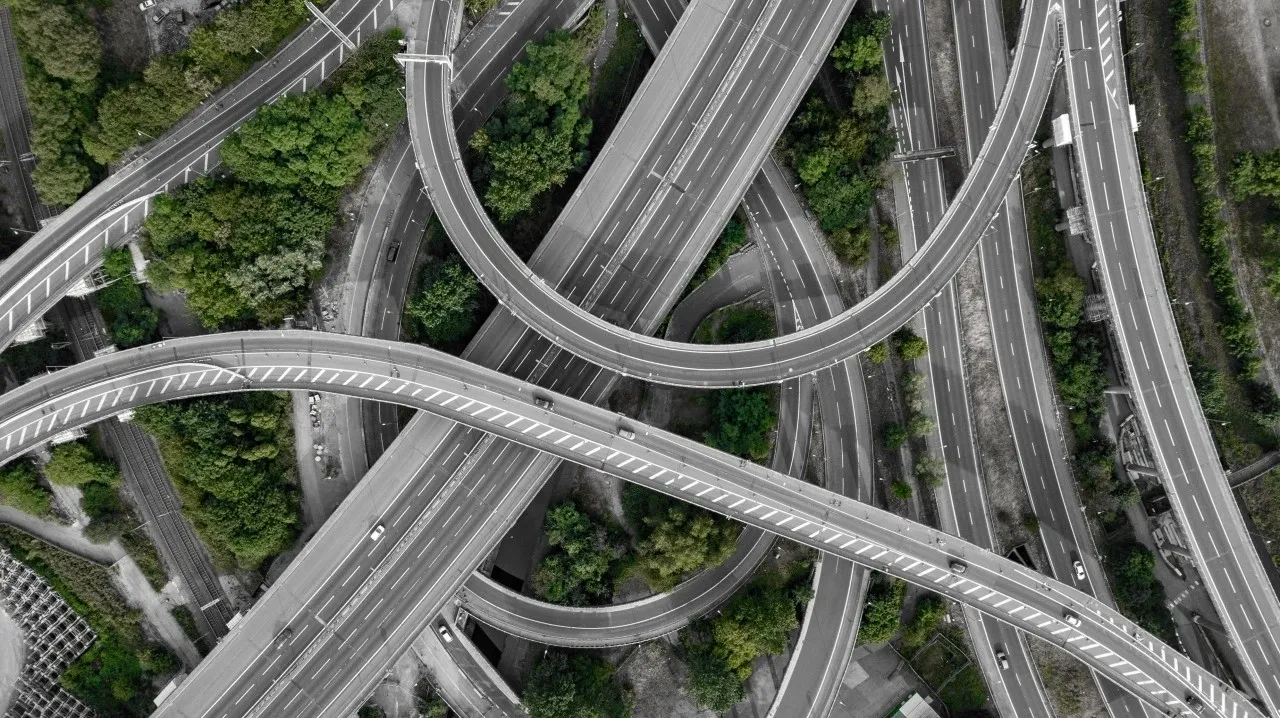The relationship between public-capital accumulation and private investment has received renewed interest among academics and policy makers since the 2008 global financial crisis. The focus came down to state-led economic growth which is considered more secure and stable. Richard Musgrave and James Tobin were among the early economists to examine the effects of public investment on private capital. Tobin, particularly through his “Tobin’s q” theory, emphasised how changes in public infrastructure could influence private sector decisions on capital accumulation.
Crowding in or Crowding out: What does the past have to say?
On one hand, higher public investment may “crowd out” private expenditure on capital goods. On the other hand, higher government spending on infrastructure facilities (like roads, highways, and power) and/or health and education may have a complementary impact on private sector investment by having a multiplier effect and raising the marginal productivity of private capital. The paper titled, “Stochastic Growth Models and their Econometric Implications”, finds that while public-capital accumulation crowds out private investment in India over the full sample period of 1950-2012, the opposite is true when the sample is restricted post-1980 largely due to policy reforms introduced since the early 1990s.
India’s CAPEX: Taking the ride of the latest trends
As per the Economic Survey 2022-23, another growth driver of the Indian economy was the Central government’s capex which increased by 63.4% in the first eight months of FY23. Since the Jan-Mar quarter of 2022, the country’s economy witnessed crowding in of private capex.
Government reports are reaffirming confidence in the ability of public sector banks (PSBs) to finance credits as the non-performing assets (NPAs) fall. Going by the capex multiplier estimated for the country, the economic output is set to increase by at least four times the amount of capex. Like the central government, states also have a larger capital budget supported by the centre’s grant-in-aid for capital works and an interest-free loan repayable over 50 years. The Union Budget 2023-24 allocated a 37.4% increase in the amount for capital expenditure to Rs. 10 lakh crore. A 30% increase in financial assistance to states for capex spending makes up around 4.5% of GDP. Data from the Department of Public Enterprises, Government of India suggested that by September 30, 2023, the government had already met 50% of its budgeted capital expenditure target (Rs 5 lakh crore) in FY 2023-24.
Is this enough for private spending?: An Alternate Viewpoint
An Economic Times article, dated 09.08.24, mentions that most of the private capex is going to brownfield projects. Greenfield projects see major investments being done by the government. It is the greenfield projects that witness the maximum hit at the banks for credits. But there are still hopes that once the internal balance sheets are exhausted, the new money will be pumped in. Alongside domestic reasons, the contemporary geopolitical milieus have a huge impact on the Indian capital and money market. The Private GFCF (Gross Fixed Capital Formation) or, realised private capex has fallen steeply to 10.3% of the GDP in FY23. It was 16.8% in FY08.
CAPEX and Employment

Source – PIB
* Unemployment Rate (UR) in Current Weekly Status (CWS)
Some noted economists say that the high employment rate is seen only in the government sector. In the private sector there is both demand and supply shock. The supply of skilled workers in India is highly lagging and the demand by the private sector, as seen through GFCF figures, is falling considerably. So, even if the UR is decreasing it does not indicate that manufacturing is showing an upward trend in the country. Former RBI Governor Raghuram Rajan warns about the low quality jobs and stagnation of wages. The nation’s demographic dividend is not being utilised properly.
The Sectoral Analysis and Chain Effect: Is the realised CAPEX Showing Real Growth?
Today, as in FY24, the Centre’s capex stands at 3.2% of GDP; up from 1.5% of GDP in FY18. Budget documents mention a whopping Rs. 11,11,111 crore allocated just for infrastructure. However, other sectors face a backlash. For R&D, the allotment is Rs. 1 lakh crore. The capex push in human development sectors like education, health and even modernisation of agriculture to bring half the country out of sluggish agricultural growth is in an abysmal state of affairs. Physical infrastructure of universities at a lot of places is questionable. Former RBI Governor C Rangarajan points out the stark contrast in employment data of RBI’s KLEMS that shows a 6% increase in job growth for FY24. However, the Centre for Monitoring Indian Economy (CMIE) shows the unemployment rate climbing to 9.2% in June 2024.
However, productivity increase is a long-term effect. The capex pushed in the economy might show results in the years to come. The correct combination of structural reforms such as labour reforms and skill enhancement at various levels will yield faster results.
Therefore, a lot is to be done when it comes to having the multiplier effect and increase in per capita income by this route. It is well said that “If you torture the data long enough, it will confess to anything.”

